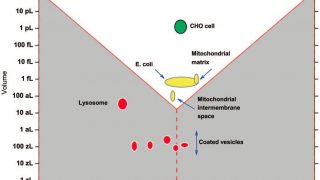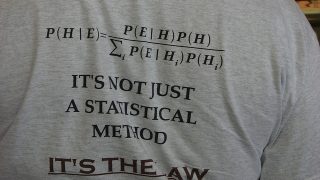
How to estimate wolf numbers without snow
In areas with dense cover or little snow, the wolf is one of the most difficult animals to census. In the Iberian Peninsula and other southern regions of wolves’ global range, snow is rare in winter, so wolves must be surveyed without snow. Spanish researchers Blanco and Cortés described in a recent paper the diverse […]








